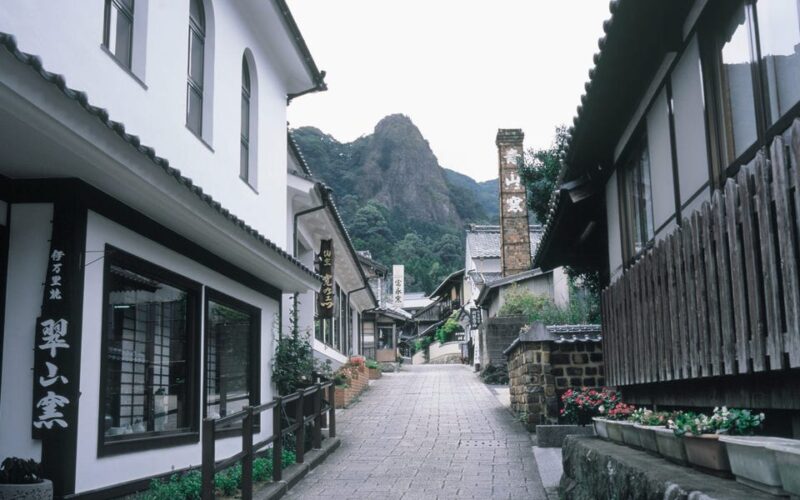Japan’s glut of abandoned homes — or akiya — has hit the prices of surrounding properties, and the damage goes into the tens of billions.
A report by Nikkei Asia on Tuesday estimated that the country’s property market suffered losses of some $24.7 billion over the last five years due to the falling property values of homes near derelict buildings.
The report quoted research from the Japan Akiya Consortium, a group of 14 companies and a research institution that aims to tackle Japan’s akiya problem.
According to the consortium’s research, land prices for properties within a 165-foot radius of the akiya are cratering.
This is due to various factors. For one, potential buyers concerned about vegetation overgrowth and pest infestations from the abandoned homes are steering clear.
Pest infestations aside, the houses can also pose serious safety hazards. Poorly maintained properties, for one, could collapse in earthquakes, landslides, or extreme weather.
An akiya also can’t be occupied or demolished without tracking down the original owner — a time-consuming exercise, as descendants may have moved away or become uncontactable. As such, these houses have led to the formation of “ghost villages” in Japan’s rural prefectures.
The Japanese government is offering incentives, such as cheap $500 homes and tax reliefs, to entice residents to move from urban areas back to rural towns.
Foreigners have jumped on the deals, snagging large properties for low prices and renovating them into their dream homes.
However, Chris McMorran, an associate professor in the Department of Japanese Studies at the National University of Singapore (NUS), told BI in 2021 that the outlook for rural communities remains bleak.
“The fact that there are so many empty houses is a blight on the landscape, and a further deterrent, because people don’t want to live in a terminal village surrounded by ‘ghost houses,'” McMorran said to Insider’s Lina Batarags and Cheryl Teh.
Japan’a akiya have ballooned to nine million as of October 2023, accounting for nearly 14% of all homes in the country. The number is set to increase as Japan’s population shrinks, ages, and moves from rural to urban dwellings.
Akiya also includes abandoned condominiums. According to Nikkei, owners who leave their homes and don’t pay the condominium management and maintenance fees could lower the value of the building as a whole.
“Our estimate was limited to the impact of abandoned single-family houses on land prices,” Teppei Kawaguchi, CEO of Crassone, a construction and demolition services company that heads the consortium, told Nikkei. “The actual negative impact may be even greater.”
There is a flip side to this property crisis. While buyers may be shying away from purchasing homes around akiya, some abandoned homes have caught the fancy of people wanting to buy cheap property in the Japanese countryside.
And in November, Airbnb told Nikkei that it wants to partner with local governments to encourage homeowners to renovate their abandoned homes, so that they could be used as tourist attractions.
“It can be a good source of income after people retire as our lifetime gets longer. If the owners of idle assets refurbish them and convert them into lodgings, that would be a solution,” Airbnb’s head of Japan, Yasuyuki Tanabe, told Nikkei.
Crassone, a construction and demolition services company that heads the consortium, didn’t immediately respond to a request for comment from Business Insider.
Source link
lol

